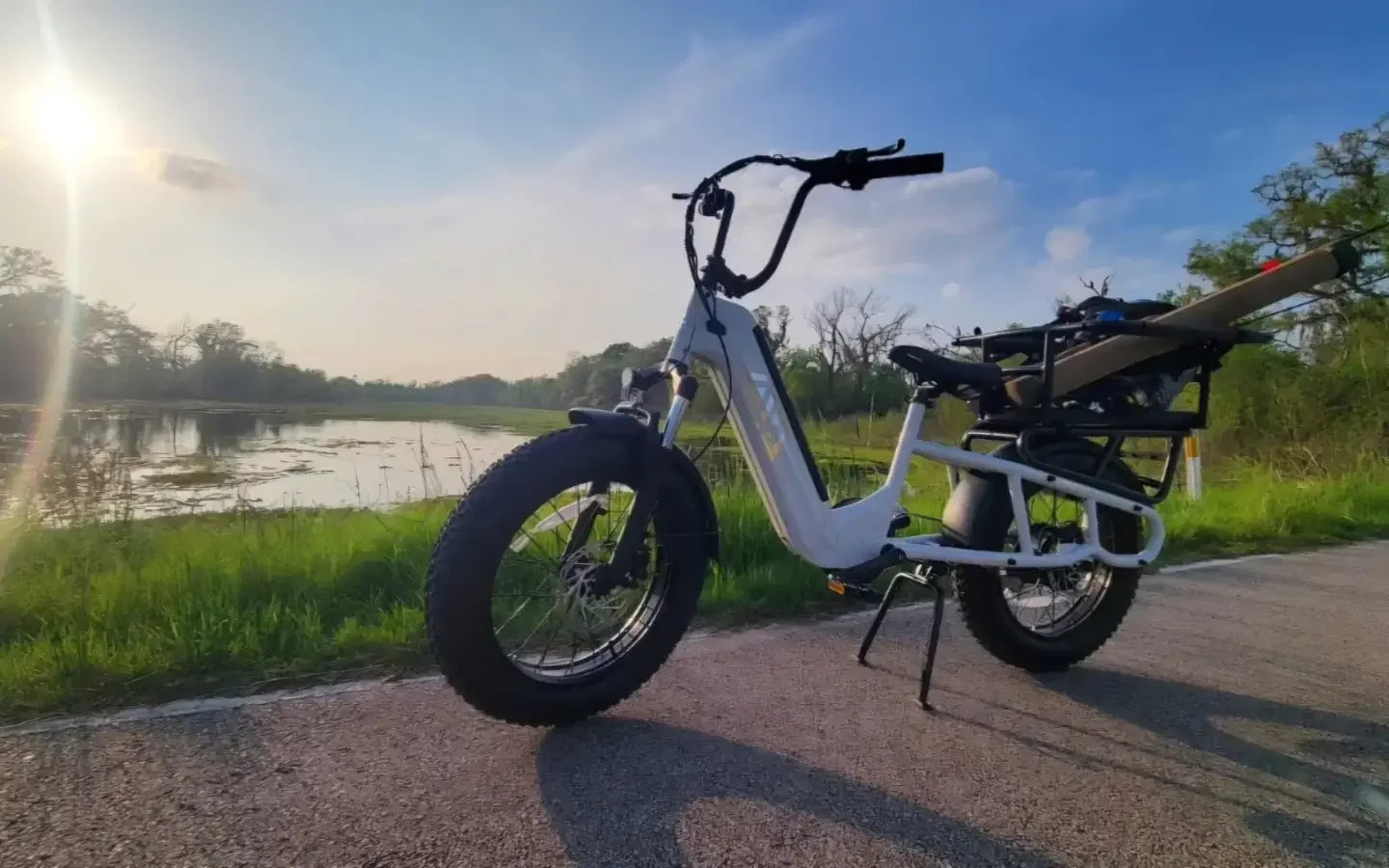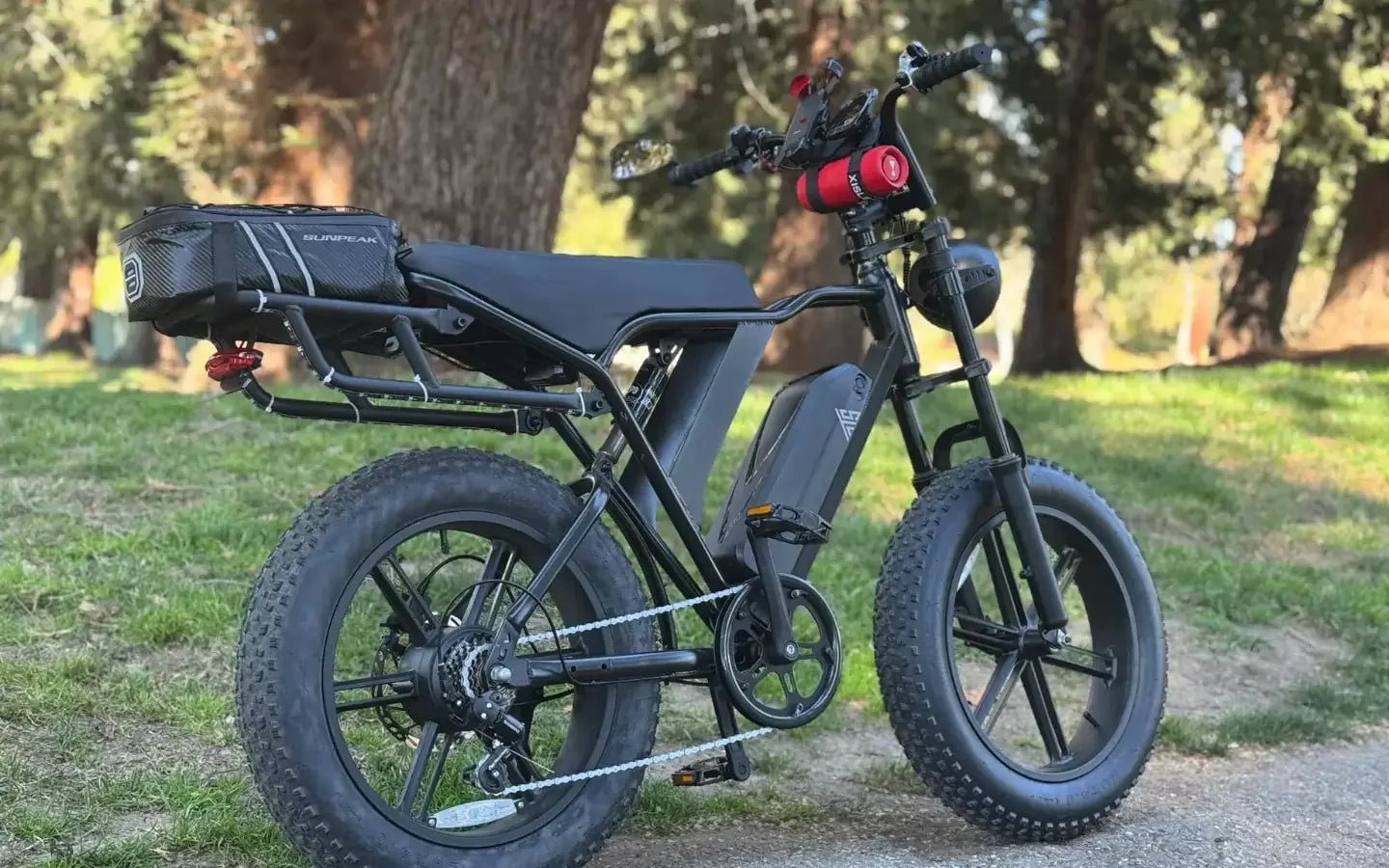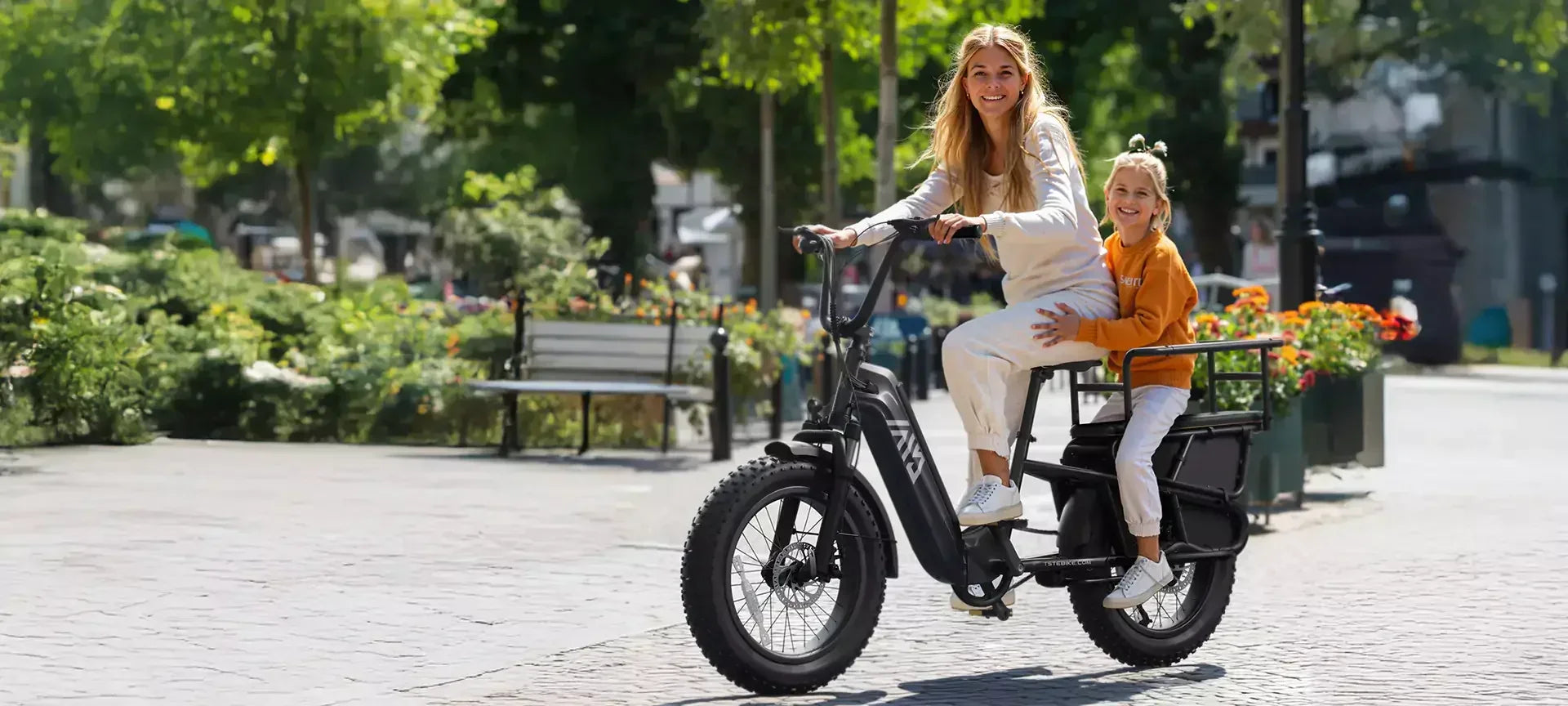Upgrading to a 48V 15Ah cargo e-bike involves verifying your current bike’s compatibility, installing a high-capacity lithium-ion battery, updating the motor controller, and ensuring safety modifications for increased power and load. This upgrade boosts range and torque, making your cargo e-bike more efficient and capable of handling heavier loads. Proper calibration and testing are essential for optimal performance and safety. How To Extend Electric Cargo Bike Battery Life?
How to Determine If Your Cargo E-Bike Is Compatible with a 48V 15Ah Upgrade?
Compatibility depends on your motor’s voltage rating, controller limits, and frame space for the larger battery. Most 48V motors can handle a 15Ah battery, but 36V systems often require new controllers. Measure your battery compartment (48V 15Ah batteries are typically around 400x150x100mm) to ensure a secure fit. Also, check if your braking system can handle higher speeds; hydraulic disc brakes with at least 180mm rotors are recommended for safety.
| Compatibility Factor | Requirement for 48V 15Ah Upgrade |
|---|---|
| Motor Voltage | Rated for 48V or higher |
| Controller Amperage | Supports sustained 30-35A |
| Battery Compartment | Fits 400x150x100mm battery |
| Brakes | Hydraulic discs ≥180mm rotors |
Use a multimeter to verify controller voltage limits before upgrading to avoid damage or safety issues.
What Tools Are Essential for Upgrading to a 48V 15Ah Cargo E-Bike?
You will need a digital multimeter to check voltages and continuity, torque wrenches (8-25 Nm) for securing mounts, insulated gloves for safety, and terminal crimpers for wiring connections. Heat-shrink tubing and electrical insulation materials prevent shorts. Use high-quality AWG10 silicone-insulated cables and Anderson connectors rated for 60A to handle increased current safely. Always disconnect the battery and discharge capacitors before working on electrical components.
How to Select and Install a 48V 15Ah Battery for Your Cargo E-Bike?
Choose a lithium NMC battery for its balance of energy density and cost. A 48V 15Ah pack delivers about 720Wh, enabling 35-40 mile range under heavy cargo loads. Avoid LiFePO4 batteries as their lower voltage reduces speed despite longer cycle life.
Installation steps:
- Power off and remove the old battery.
- Inspect and clean the battery tray.
- Securely mount the new 48V 15Ah battery using anti-vibration pads.
- Match polarity carefully when reconnecting wires.
- Use thread-locker on mounting bolts to prevent loosening.
- Power on and check for error codes.
| Tool | Purpose |
|---|---|
| Multimeter | Verify voltage and polarity |
| Torque Wrench | Secure battery mounts |
| Insulated Gloves | Electrical safety |
Why Is It Important to Upgrade the Motor Controller?
A 48V 15Ah battery can overwhelm a stock controller designed for 36V or lower voltages, causing erratic behavior or shutdowns. Upgrading to a 48V-compatible controller rated for 30-35A ensures stable power delivery and unlocks higher torque (up to ~1680W peak). Modern controllers also offer programmable throttle response, regenerative braking, and better efficiency through field-oriented control (FOC) algorithms, improving range and ride quality.
What Safety Modifications Are Necessary for the Upgrade?
Install fuses or circuit breakers, upgrade wiring gauge, and ensure secure battery mounting. Use heat-resistant connectors and insulate all connections to prevent shorts. Test for voltage leaks and overheating. These safety upgrades protect both rider and components, especially under the heavier electrical load of a 48V 15Ah system.
Safety upgrades include:
- Hydraulic disc brakes with 203mm rotors and metallic pads for better stopping power.
- Fat tires inflated to at least 35 PSI with tire liners to prevent flats.
- Reinforced rear racks with gusset plates for heavy cargo.
- Secondary torque arms on motor axles to prevent rotation under load.
- A 60A circuit breaker between battery and controller for electrical protection.
Inspect frame welds and stress points to avoid structural failure under increased power and cargo weight.
How to Calibrate and Test Your Cargo E-Bike After the Upgrade?
After installation, use a multimeter to check voltage output, then test the bike in a low-power mode. Confirm brake cutoffs, display readouts, and motor response. Ride gradually to monitor performance and heat levels. Calibration ensures optimal efficiency, rider safety, and long-term reliability from your upgraded cargo e-bike.
Calibration involves adjusting pedal assist system (PAS) levels, throttle response, and regenerative braking strength. Recommended settings:
- PAS torque bias at 65% for heavy loads.
- Throttle ramp-up time at 20% to avoid sudden starts.
- Regenerative braking set to 15A to recover 8-12% energy downhill.
Testing includes:
- Static voltage checks (~54.6V fully charged).
- Load testing at full throttle for 30 seconds, monitoring voltage drop.
- Thermal checks on connectors (<122°F safe range).
- Real-world test rides with incremental cargo weights (200-450 lbs).
Buying Tips
When upgrading to a 48V 15Ah cargo e-bike system, prioritize compatibility: confirm your motor and controller can handle 48V input and 30-35A current. Select lithium NMC batteries for optimal energy density and weight. Invest in quality connectors and wiring rated for high current to prevent overheating. Upgrade safety components—especially brakes and tires—to accommodate increased speed and load. Use professional-grade tools and follow manufacturer torque specifications to ensure secure installation. Lastly, consider controllers with programmable features for fine-tuning performance and efficiency.
TST EBike Expert Views
“TST EBike’s approach to upgrading cargo e-bikes focuses on balancing power, safety, and rider experience. Our 48V 15Ah systems deliver robust torque and extended range, ideal for heavy loads and urban commuting. We emphasize proper calibration and structural reinforcements to ensure longevity and reliability. Our customers benefit from high-quality components and expert support, making the upgrade process seamless and rewarding.” – TST EBike Engineering Team
FAQs
Can I use my existing 36V accessories with a 48V 15Ah upgrade?
Most 36V accessories require voltage regulators or DC-DC converters to safely operate on 48V systems.
Will upgrading to 48V 15Ah void my warranty?
Yes, modifying battery voltage or controller settings typically voids manufacturer warranties. Check with your dealer for certified upgrade options.
How often should I inspect my upgraded battery?
Monthly voltage balance checks with a cell-level monitor are recommended. Replace packs showing voltage variance over 0.3V to avoid thermal risks.
Is it necessary to upgrade brakes when increasing battery voltage?
Absolutely. Higher speeds and loads demand hydraulic disc brakes with larger rotors for safe stopping power.
Can I use the same frame and tires after upgrading?
Frames must be inspected for stress and reinforced if needed. Tires should be rated for higher PSI and load capacity to maintain stability.
This comprehensive guide ensures a safe, efficient, and powerful upgrade to a 48V 15Ah cargo e-bike, enhancing your riding experience and cargo capacity.





























Leave a comment
This site is protected by hCaptcha and the hCaptcha Privacy Policy and Terms of Service apply.